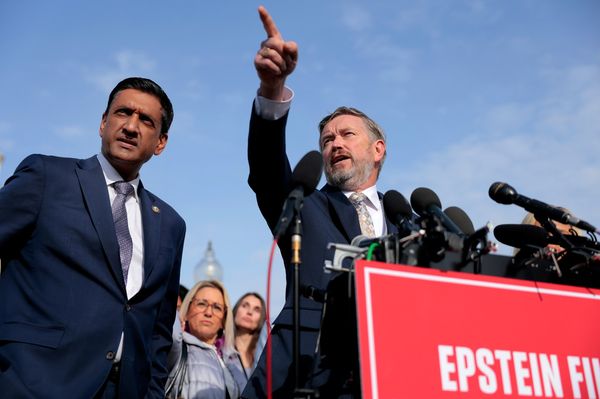Inflation rose largely in line with expectations in July, according to the new Consumer Price Index report from the Bureau of Labor Statistics.
Inflation increased by 0.2 percent in the past month and by 2.7 percent, over the past 12 months. Core CPI – which measures inflation on all items except for food and energy – rose by 0.3 percent and by 3.1 percent. Core CPI includes everything from the cost of health care, housing and medical services to purchases like clothing, furniture and travel.
The food index did not change while the index for energy dropped by 1.1 percent last month, and gas fell 2.2 percent.
The CPI data comes after President Donald Trump’s tariffs on more than 90 countries kicked in last week. On Monday, he announced another 90-day pause on tariffs against China as negotiations continue.
Tuesday’s report is the first major one from the Bureau of Labor Statistics since Trump fired the chief labor statistician following a weak jobs report that showed the economy added only 73,000 jobs in July and significantly revised down the number added for May and June.
The July numbers represent the final month before Americans will begin to see prices spike for everything from Irish Whiskey to Toyotas made in Japan to Brazilian coffee.
Trump had initially rolled out tariffs on “Liberation Day” in April before putting the plan on pause after the stock market tumbled and the Treasury bond market spiked.
The CPI data also revealed some specific spikes on food items. Meats increased 1 percent in the past month and 5.8 percent in the past year. Fruits also saw an increase, with bananas, which are imported, rising by 0.4 percent and citrus fruits rising by 2.0 percent.
The shelter index – which measures the cost of housing both in rentals and for homeowners – increased by 0.2 percent, offsetting drops in food and energy.
Used cars and trucks rose by 0.5 percent and medical care services rose by 0.8 percent.
On Monday, Trump announced that he had nominated D.J. Antoni, chief economist at the conservative Heritage Foundation, to lead the Bureau of Labor Statistics after he fired Erika McEntarfer. Antoni contributed to the Heritage Foundation’s Project 2025 roadmap that the Trump administration has largely followed to guide his second presidency.
The CPI numbers suggest that even though Trump paused many of his reciprocal tariffs, Americans are still feeling effects. Trump’s on-again-off-again strategy with tariffs has led Wall Street traders to dub the situation “TACO”, or “Trump Always Chickens Out.”
White House Press Secretary Karoline Leavitt hailed the numbers and said that people have not been hit by tariffs.
“The Panicans continue to be proven wrong by the data – President Trump’s tariffs are raking in billions of dollars, small business optimism is at a five-month high, and real wages are rising,” she said in a statement. “The American people have rightfully put their trust in President Trump’s America First agenda that is Making America Wealthy Again.”
Trump has argued that Americans will not be affected. But a study from the Yale Budget Lab last week showed that consumers face an overall average tariff rate of 18.6 percent, the largest since the Great Depression.
The CPI report will also surely be watched by the Federal Reserve and Chairman Jerome Powell as he weighs whether to keep interest rates steady to control inflation or cut interest rates, which the president has long wanted.
Trump delays China tariffs at the last minute and announces 90 day truce
Inflation likely moved higher last month as tariffs bite, putting the Fed in bind
NewsNation anchor flips out when Mehdi Hasan invokes Jan. 6, cuts off interview
Democrats label Trump’s DC takeover a ‘distraction’ from Epstein files: Live
White House UFC cage fight will take place on the South Lawn, Dana White says







